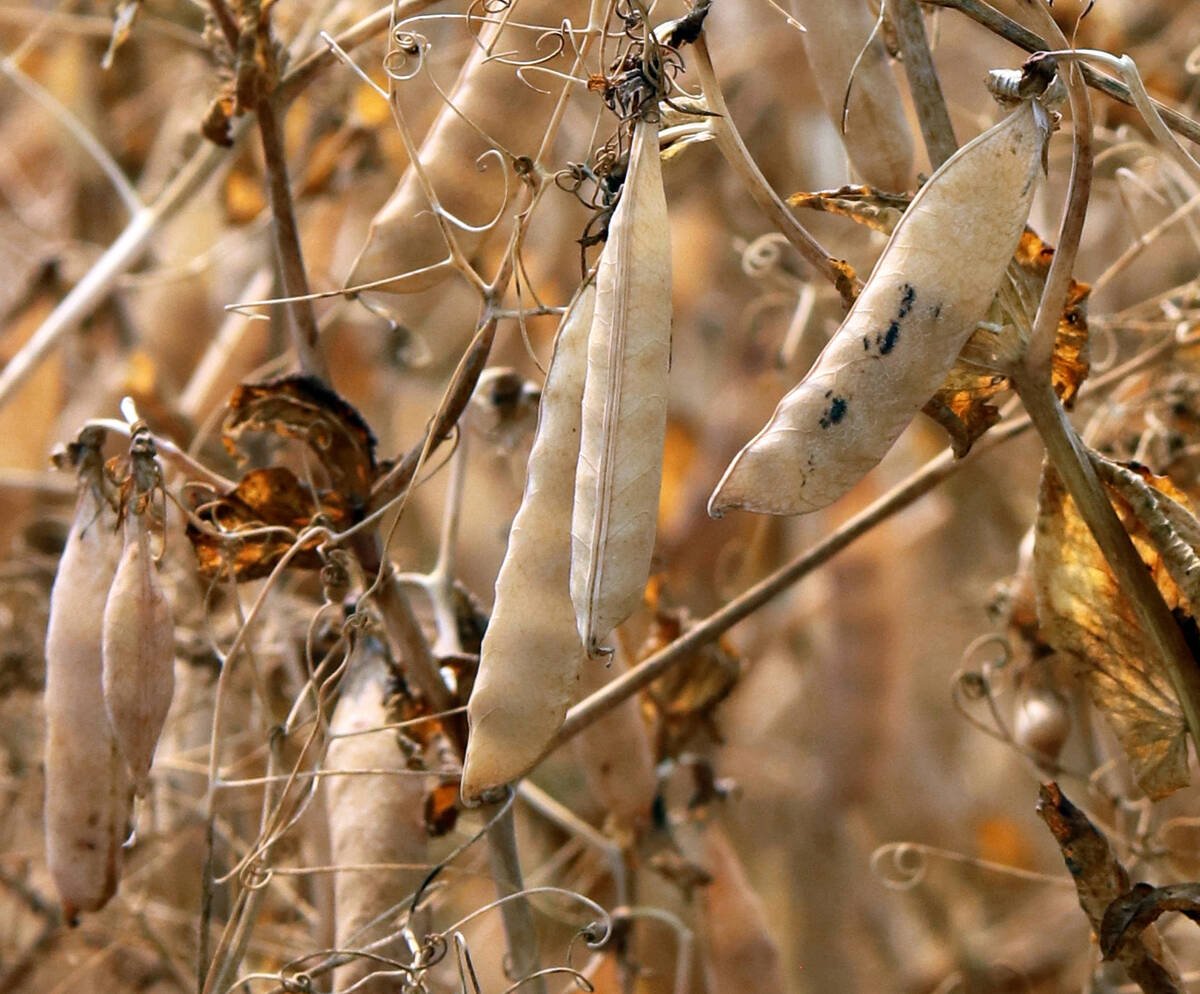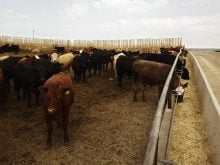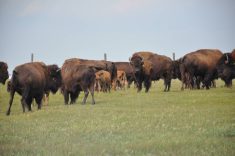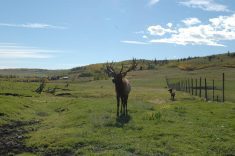BANFF, Alta. – When the iron curtain came down, a diamond in the rough was discovered on state-owned hog farms in East Germany.
A female line with durability and a strong survival instinct emerged after generations of life on state farms where conditions were sometimes less than ideal, said Keith Canfield of PIC, an international hog genetics company.
PIC adopted the hardy strain of females and named it Camborough 23. The gilts are in production at eight PIC units, including one in Saskatchewan.
The new strain was announced at the Banff pork seminar.
Read Also

Trump’s tariffs take their toll on U.S. producers
U.S. farmers say Trump’s tariffs have been devastating for growers in that country.
With family tree tendrils extending all over Europe, these white pigs were raised on state farms built by engineers, said animal scientist Andrzej Sosnicki of PIC.
The intentions were good but sometimes the day-to-day work was inefficient because decisions were based on theory rather than practicality, said Sosnicki, who is originally from Poland.
The communist bloc state farms were early adopters of artificial insemination, but housing and feeding conditions were sometimes poor.The animals lived in barns but were also allowed outdoors.
Representatives from PIC Germany noticed the line had survived despite inadequate feed and poor health conditions.
By the end of the 1990s, the company was testing the line on commercial farms in central Europe.
The sows are prolific and maintain body condition as they mature.
“We have performance information from East Germany where sows had 10 parities,” said Sosnicki of PIC.
“They are durable, docile sows.”
Canada’s top farrowing rate is close to 90 percent but the Camborough 23 manages a 92 percent rate over four parities.
Average individual weaning weights are a little more than six kilograms.
This program produces breeding gilts.
“The boars could not compete,” said Sosnicki.















